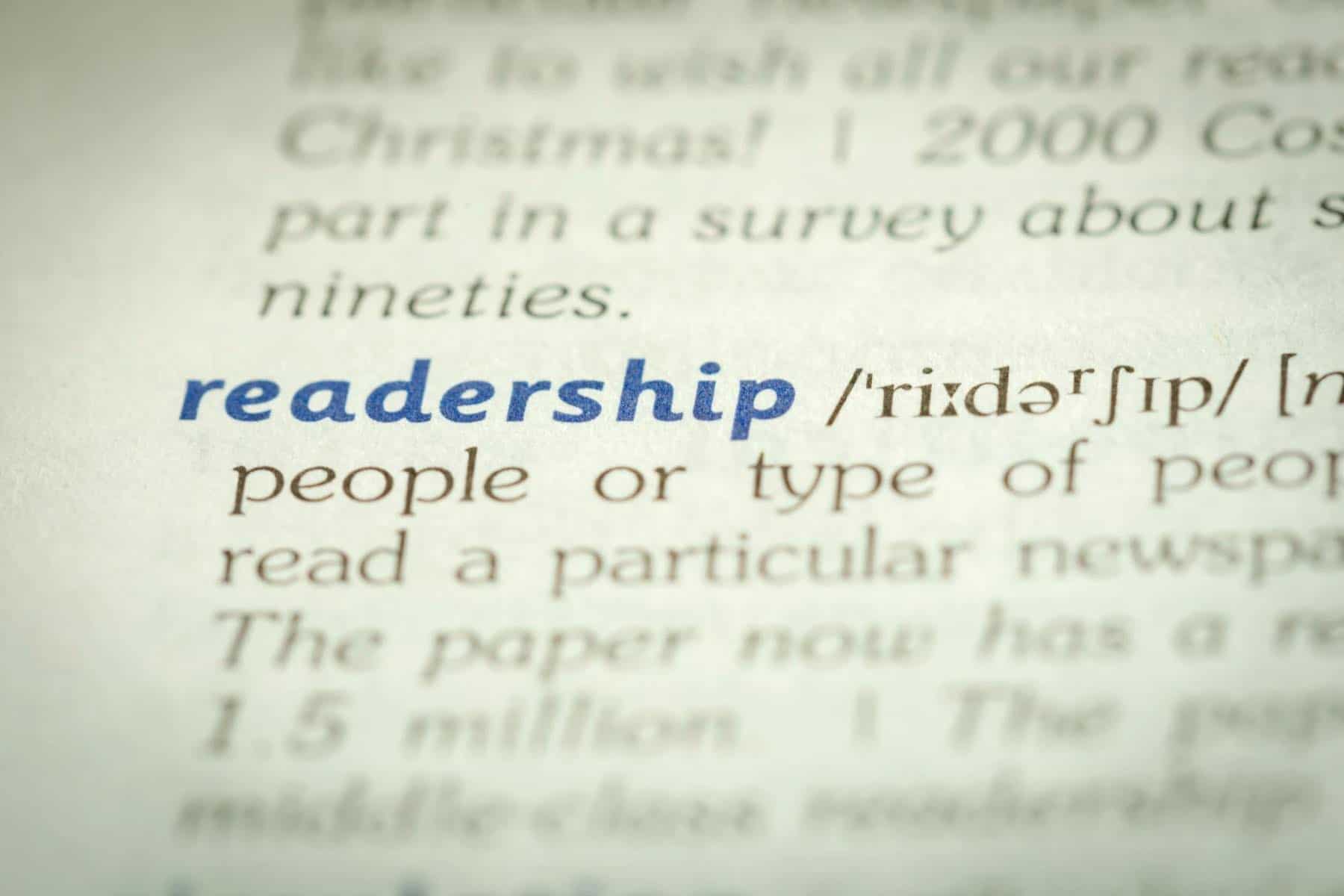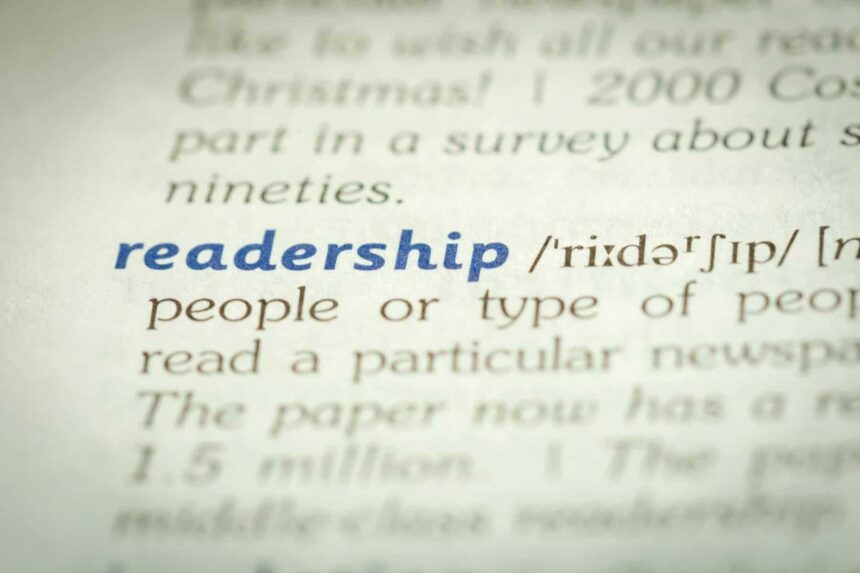
Yes, AI can write the dictionary, AI stands for Artificial Intelligence, and that’s exactly what it is — intelligent. It uses mathematical algorithms to simulate human thought processes and situational decision-making to complete a task.
In the case of AI’s ability to write the dictionary, this might seem challenging, but it’s possible. The dictionary is a list of words that are alphabetically defined. Using complex algorithms and amazingly large data sets to garner deeper insights into language pattern and etymology of words, AI can build the dictionary and very well expand it too. It can build upon the rules used by editors in defining words to understand the complex web of defining grammar that makes the basis of english language.
Table of contents
Also Read: AI Search Prediction for Online Dictionaries
Can AI Write the Dictionary?
The answer is, yes, it can. And it will. The Merriam-Webster Dictionary is one of the world’s oldest and most respected dictionary. It’s been around for more than 190 years and has been updated continually through two World Wars, the Great Depression, and other major historical events.
The dictionary is a living document constantly evolving to reflect language change, new words, and meanings over time. It is updated every quarter with hundreds of new words and meanings added each quarter.
Well, there are currently 80 lexicographers working on the OED at any one time, and they spend their days researching new words before they ever make it into print – whether they’re slang terms or brand new scientific terminology, or even slang terms from other languages that have made their way into English usage over time (like “chillax”).
Similarly AI can help replicate human intelligence via AGI to first understand the complexities of language and lay out the ground rules before it gets to identifying, inventing new words and defining them. This will help AI not only re-write the dictionary but expand the dictionary much faster than human beings.
The AI Approach to Lexicography
Artificial Intelligence can help in crafting dictionary entries through a process known as automatic lexicography. AI algorithms can analyze large amounts of text data and identify words, their possible meanings, and their usage in different contexts. Moreover, AI can detect emerging words or phrases and track changes in word usage over time, aiding in the creation of more dynamic and updated dictionaries.
However, while AI can assist in these tasks, it’s not likely to replace human lexicographers anytime soon. Crafting dictionary definitions requires deep understanding of language nuances, cultural context, and subjective interpretations – aspects that AI, despite its advanced capabilities, does not truly comprehend. Therefore, while AI can provide valuable input, human oversight and input remains crucial in lexicography.
How Does AI Know What Words Mean.
The use of natural language processing in computer systems is a powerful tool. It allows users to express their needs through words and phrases instead of programming logic. This can be achieved by either natural language understanding or natural language generation. Natural language processing is used to achieve many different goals, from simple interactions with a dialog system (such as an automated customer support agent) to high-level abstracts such as text summarization and machine translation. Here are some ways AI knows what words mean.
AI and Semantic Networks: Mapping Meaning in AI Models
In their quest to make sense of language, AI models often use semantic networks to map the relationships between words. These networks use nodes to represent words or concepts, and the connections between nodes denote the relationships between these entities. Through such a framework, AI can develop an understanding of a word’s ‘meaning’ based on its relationship with other words.
It’s important to note that the AI’s ‘understanding’ is based on statistical associations and not a deep, intrinsic comprehension of meaning. While semantic networks allow AI to generate coherent and contextually appropriate language, they do not enable it to appreciate the subjective, experiential, and culturally embedded meanings of words.
Latent Semantic Analysis
The first method that AI uses to understand words is latent semantic analysis. LSA finds out which words are similar to others, even if they’re not particularly close in meaning.
For example, the words “dog” and “car” are not related in any way – but when you look at their LSA scores, you’ll see that they both have similar relationships with other words like “pet,” “canine,” or “petting.”
LSA works by creating a matrix of all the words in the dictionary and then finding out how similar each word is to every other word in that matrix. The result is a list of numbers representing how closely related two or more words are (for example: how much do they share in common?). This allows you to compare them with one another and find out which ones are closest in meaning.
Latent Dirichlet Allocation
Latent Dirichlet Allocation (LDA) is an algorithm used for content analysis and information retrieval. It’s based on LSA, but instead of analyzing how often different words appear together in a single document, it analyzes how often they appear in multiple documents across an entire corpus (group of texts). This allows us to group related documents together into topics so that when someone searches for one topic, we can provide them with results from other documents about that topic.
Continuous Bag-of-Words
The simplest way to understand a word is by looking at its context. The simplest form of this idea is called continuous bag-of-words (CBOW). It’s one of the most widely used models for word vector representation in NLP and machine learning literature. CBOW takes each word as an individual unit and looks at its surrounding context (the window size), which can be very large (e.g., a whole sentence). The average frequency of each word in its context becomes its representation vector:
Glove Word Embeddings
Glove word embedding is a method for learning the meaning of words from their context. This method is used in sentiment analysis and NLP, where we extract the most frequent words in a sentence or document. These words are then used to predict the sentiment of the sentence.
The main idea behind glove word embeddings is that we can capture the semantic properties of individual words by looking at how they occur together in sentences. We use a matrix representation of each word as its vector and add it to others to create a larger vector for each word. This vector can then be used as an embedding for other words in our language model.
Word Embeddings
AI models use a technique called ‘word embeddings’ to represent words. In this technique, each word in a language is mapped to a high-dimensional vector. The position of a word in this vector space is determined by its contextual associations with other words in the training corpus. Words with similar meanings or usage patterns are positioned closer together.
While word embeddings allow AI models to handle language with surprising proficiency, they don’t capture the meaning of words as understood by humans. The AI associates words based on their usage patterns, but it doesn’t understand the experiential, cultural, or personal connotations that humans associate with words.
Word2Vec
Word2Vec is a deep learning model that can extract the meaning from a given the word or phrase. It works by providing a vector representation of words and their relations, which can be used to cluster them and assign each one with a semantic tag.
Word2vec uses the concept of vectors, which are abstract ways of representing all the words in a document as numerical values. These vectors are then compared with each other to determine how similar they are and how they relate to one another. This helps Word2vec make sense of how words relate to each other, which allows it to learn new information about the world around us.
Natural Language Processing
Natural Language Processing (NLP) is the science of how computers can understand, extract, and utilize information from natural languages. It involves the development of algorithms that process texts to extract information and knowledge. NLP techniques have been used in many fields, such as healthcare, education, and computer science.
NLP has several subfields:
TEXT MINING: This technique involves extracting information from text, such as sentiment analysis or topic modeling.
DIALOGUE AND DIALOGUE TECHNOLOGIES: These techniques detect dialogues between humans, automated agents, and chatbots.
SENTIMENT ANALYSIS: Sentiment analysis can determine whether a text is positive or negative based on its grammatical structure.
KNOWLEDGE EXTRACTION: This technique involves understanding what the user tries to achieve through interaction with a system.
Also Read: What is NLP?
What is Tokenization?
Tokenization is a way of separating a piece of text into smaller units called tokens. Here, tokens can be either words, characters, or subwords. Hence, tokenization can be broadly classified into 3 types – word, character, and subword (n-gram characters) tokenization.
The idea behind tokenization is to make working with large data sets easier. In particular, tokenization can help reduce the size of data needed to represent text. For example, instead of having 1 billion tokens for each word in a 2 million word document (a task which would be prohibitively expensive), you can use word lists that only have 100k words. This means that when you look up one word in your document, you only need to look up its token once rather than 1 billion times!
Tokenization is also useful for creating new representations from existing ones. For example, imagine you’re working with a dataset where each record contains multiple fields like ID and Age. Tokenization allows you to split these fields into separate tokens to be used separately.
Also Read: What is Tokenization in NLP?
Etymology of the Word Understood by AI?
AI is closely related to data mining and natural language processing, which are concerned with how computers can function.
Etymology is often used to describe a term or phrase from its origins. For example, if someone says that “the meaning of life is to get rich,” this person might use a term from a book they read or heard about. Or if someone says that “the meaning of life is to love,” then again, this person might be using a term from a book they read or heard about. But it’s possible that this person does not know where their knowledge came from, so they could be wrong in assuming that what they say is true. Here are some ways in How AI is improving Etymology.
AI Can Help With Large Datasets
Large datasets are always difficult for humans to analyze, but AI systems are getting better at handling them. For example, AI can read through millions of documents in seconds, whereas humans can take days or weeks.
AI Is Improving How We Find New Words
The way humans think about words has changed significantly over time. Our brains evolved over millions of years so that we could communicate effectively with each other; this means that our word definitions are shaped by those real-world experiences rather than by any specific rules set out by grammarians or linguists. AI can speed up this process by garnering insights and storing pre-set rules to mine the data faster.
Synonyms are words that have the same or similar meaning to another word. If a word has multiple meanings, then it is called a polysemous word. For example – Wordle, an online tool that uses natural language processing techniques to find synonyms in a document or image. As one can imagine, AI with its complex algorithms can help find Synonyms and related words much faster.
Related words have the same meaning but different spelling and pronunciation. They can be used as synonyms or substitutes for each other depending on their context in sentences or paragraphs. For example, if you want to write an essay about “good” and “bad,” you will need to use these two words because they are related but not identical. With AI, it is easier to run this complex logic through the data treasure trove to find related words with similar meaning. This algorithm can be as simple as bubble sort.
Can AI Write the Dictionary? Does AI Know What Words Mean?
In short, yes, it can write the dictionary and it knows what words mean. AI has already made inroads into the field of language, it has also started inventing a new language. AI is a very powerful tool and can expand the horizons of any language. Especially when english is a growing language.
The evolution of deep learning and machine learning technologies has significantly advanced AI’s capabilities in language comprehension. Today’s AI language models, built on vast knowledge bases and intricate algorithms, can generate impressively human-like text, leading to speculation about an AI-generated dictionary. By drawing on their base models trained on copious amounts of text data, AI can potentially generate dictionary-like outputs, cataloguing word definitions based on their contextual usage.
These AI capabilities, no matter how advanced, are not equivalent to human intelligence as of yet. The creation of a dictionary like the Merriam Webster Dictionary, for instance, involves not just factual understanding of word definitions, but also a deep grasp of cultural nuances, historical changes, and subjective interpretations associated with words – elements that AI does not comprehend in the human sense as of yet.
Designing a dictionary goes beyond compiling word definitions. An attractive design, user-friendly structure, and thoughtful presentation are integral to a good dictionary, requiring a nuanced understanding of user needs and preferences. The effective use of a programming language to build a seamless, interactive digital platform for the dictionary is crucial. These aspects involve creativity, intuition, and a deep understanding of interaction that AI can learn based on tracking current interactions of users.
References
“Merriam-Webster: America’s Most Trusted Dictionary.” Merriam-Webster, http://www.m-w.com. Accessed 22 June 2023.
Schank, Roger C., and Peter G. Childers. The Cognitive Computer: On Language, Learning, and Artificial Intelligence. Reading, Mass. : Addison-Wesley Publishing Company, 1984.











